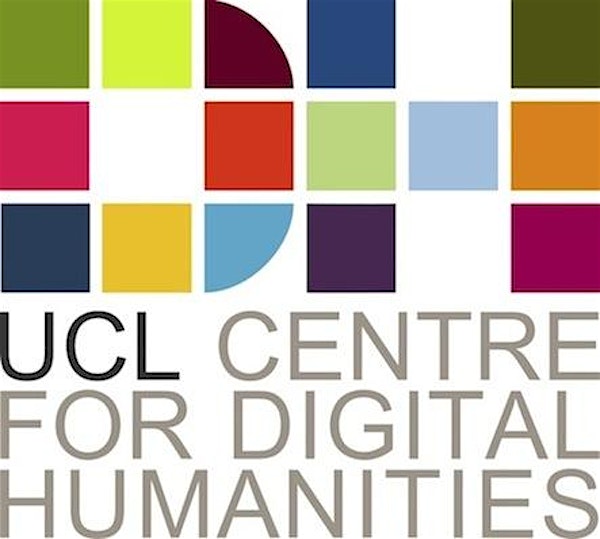
UCLDH Seminar Series: Kathryn Piquette
Date and time
Location
UCL, Dept of Information Studies
Room G31, Foster Court Malet Place WC1E 6BTDescription
Illuminating the Herculaneum Papyri with New Digital Imaging Techniques
Dr. Kathryn E. Piquette, Cologne Center for eHumanities, Unversität zu Köln
Abstract:
The advanced computational photographic method, Reflectance Transformation Imaging, is a powerful visualisation tool that is increasingly being applied to a range of archaeological materials. Documentary evidence, particularly damaged or other types of difficult-to-read texts, present rich areas for new insight and discovery. RTI is relatively unique among digital imaging technologies in providing ultra high resolution visualisations with virtual relighting and artificial enhancement capabilities. These tools can vastly improve legibility as well as support exploration of the entangled relationships between ancient writings and their material supports. Dissecting these relationships is particularly vital for reading and reconstructing one of the largest surviving ancient libraries in the world, namely the Herculaneum papyri. More than 2000 rolls, mostly written in Greek, were preserved through carbonisation when Mount Vesuvius erupted in 79 CE. Over the past two centuries scholars have sought to unroll and read these fragile documents. Multispectral images taken more than a decade ago greatly improved their legibility but much remains to be revealed. In this lecture I will report on the outcomes of a recent Universität zu Köln pilot project involving the application of RTI to these blackened papyrus fragments. An innovation trialled during this work was the combination of RTI with infrared illumination. I will present key results and discuss their implications for improved readings and the associated task of scroll reconstruction. A key theoretical issue underpinning my discussion will be the contrasting notions of the digital image as a resource for interpreting past written meaning, and the more active concept of the digital image as constitutive of the interpretive process.